If you own a business, 2020 has been quite the ride so far. This year has been everything, except business as usual and we must approach our marketing efforts with that in mind. This is especially true when we’re looking at analytics from Google Ads (aka Pay Per Click). As you can see below for this client, the impressions dropped a great deal during the month of July 2020. You can't help that (besides making sure the cost is also reduced), but the reason their online conversions dropped was because people were calling in orders while so many florists were closed or not delivering after a cut off time.
We saw a lot of this where customers would click and then proceed to call-in the orders by phone. The only way to calculate those experiences is to use an industry avg of 3 orders over the phone to every 1 order online. However, since COVID it's so much greater. How much? We just don't know, but we do know that during uncertain times like these, more people will click and call to make sure they can get delivery made and order over the phone gives them the peace of mind of speaking to a real person who can confirm and be responsible for the order. This is clearly reflected in the increased dollar volume in sales.
You can see they spent less in July and saw a very favorable result in sales. Google results (when managed correctly) have been the fuel florists need to compete. You will notice most successful florists are all running Google Ads in their local markets and connect with Google My Business listings to optimize the listing.
Q: Why doesn't everyone do this?
A: The results are a reflection of the experience and capability of the agency. The cost - if not managed properly - could have easily been another $2,000 to 3,000.
Google is a bidding model where you only spend 1 penny more than the listing below you. It's important to always know your positioning and adjust accordingly, this is why it's not always best to be #1. Many people pay DEARLY for this so you have to decide how much it’s worth to your business. You have to know when to step it up and also when to consider other options.
Here are a few additional things to look for in the example above:
PHONE: The phone field is showing how many users clicked the PHONE NUMBER IN THE AD. Keep in mind that the call had to last over two minutes to register. You can res assured there are more orders here, even if you don’t know how many.
CONVERSION CODE: Google allows a “conversion code” to be created and added to our client’s website. This code triggers when the "THANK YOU" page is reached which is unequivocally a completed order. The code tracks the visit having occurred by clicking the trackable ad and then fires off a conversion signal of (1) for a completed order. We then take the average order of the shop. (which has to be done manually since many shop sales values vary) and then multiply it to calculate the final sale.
Remember, before Google came along all we had were the Yellow Pages, newspaper, print, and a few other options for local marketing. Let's face it, if you received a 1% return it was considered successful. The Yellow Pages produced better results but they were very expensive. Now with Google Ads (aka PPC) the model is a sliding scale that is as easy to follow as any. The more you attract visitors (clicks), the higher your chances are of conversions - tracking is key.
One more note: PLEASE use a lost order register at your place of business. ANYTIME a phone is answered asking about product and/or price that does not result in a sale, it's paramount the experience is recorded so the business owner is aware sales opportunities are missed. After all, you pay for those visitors, conversions are critical in the success of this effort.
Get started with Google Ads today. Drop us a line below or call anytime at (941) 806-1911 and we we help you get set up.

